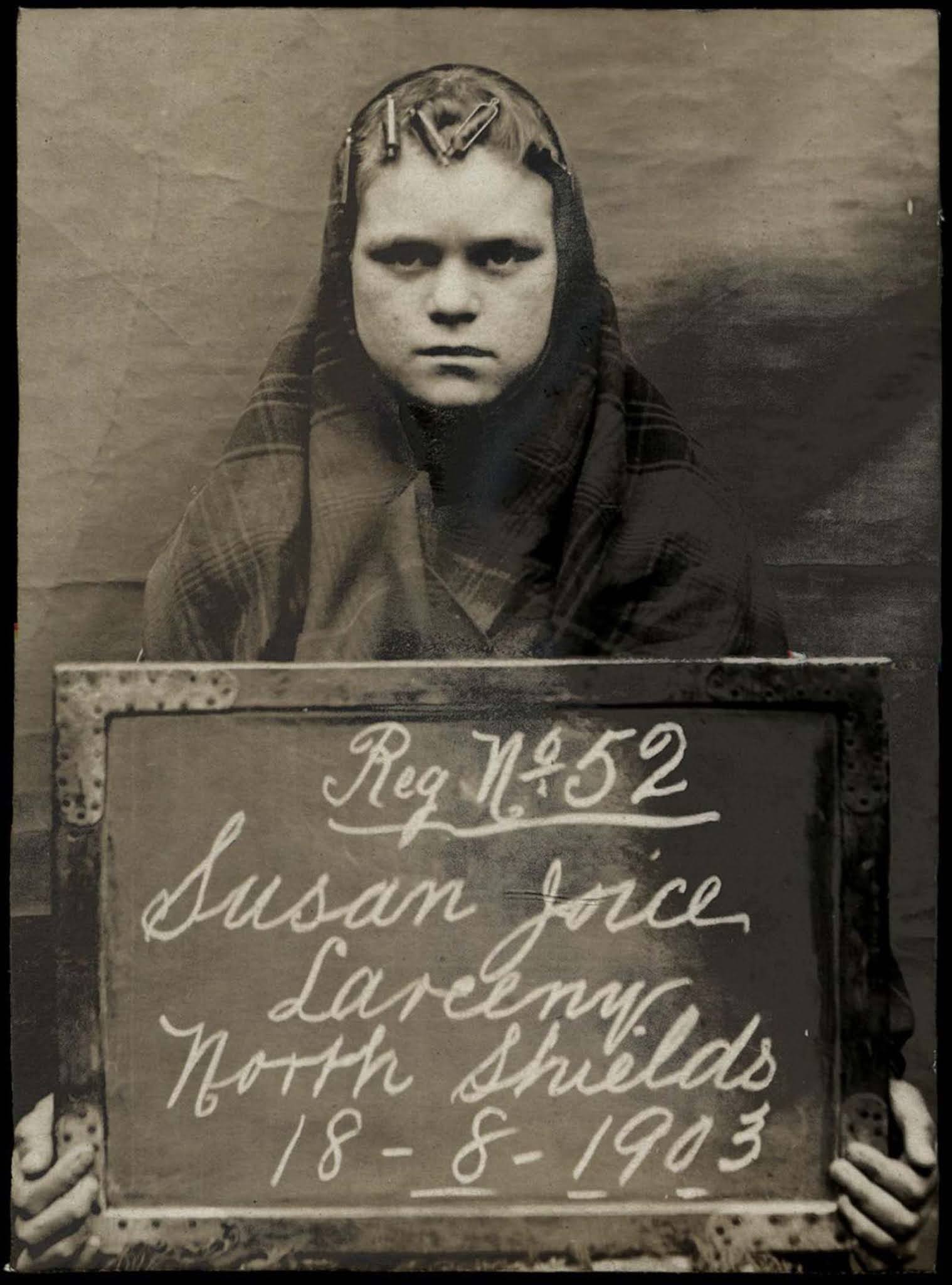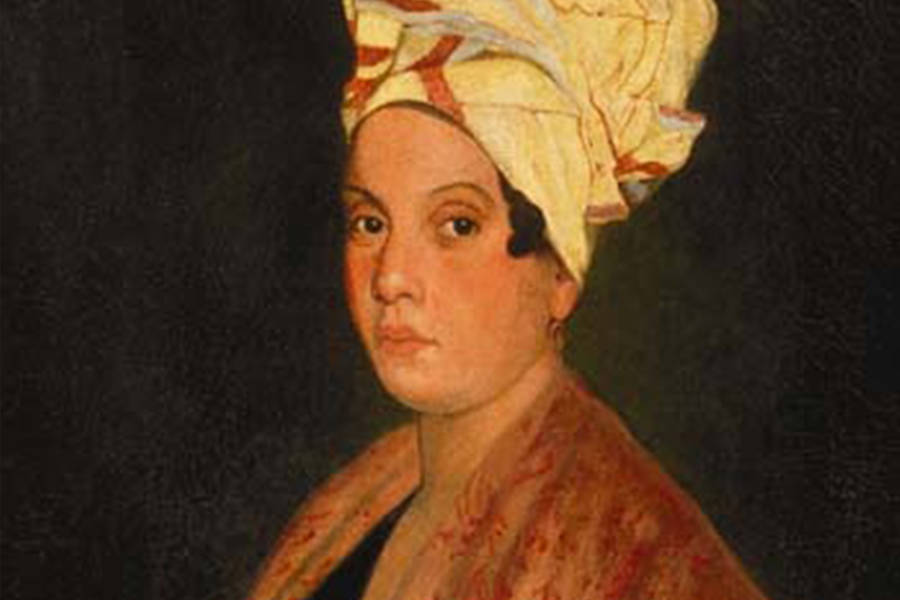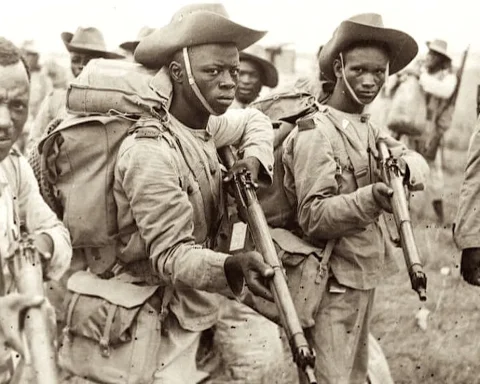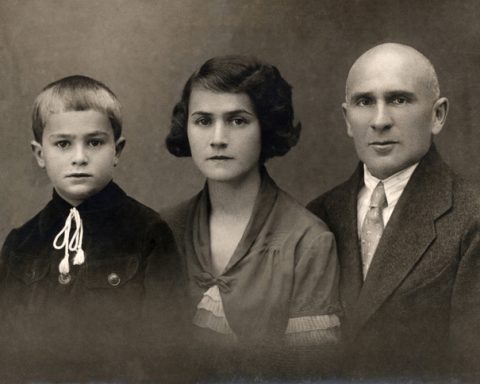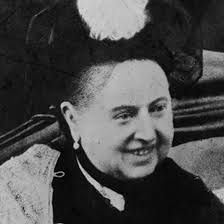
Queen Victoria was born on May 24, 1819. She was the only child of HRH Edward Duke of Kent, the fourth son of George III. As a young Princess, Victoria lost her dad eight months after she was born. Her grandfather King George III died six days after her father. This left the Duchess a royal widow.
The Prince of Wales, her uncle, inherited the crown, making him King George IV. However, he, too, died childless when Victoria was just 11 years of age. The crown was then passed down to his brother, who became King William IV. Also, he died on June 20 1837; Princess Victoria then became the Queen at 18. She spent most of her childhood at the Kensington Palace and Claremont.
The Queen was described as ‘studious, thoughtful, accomplished, serious and quiet but a cheerful girl.’ She was crowned at Westminster Abbey on June 28, 1838.
On February 10 1840, the Queen married Prince Albert; this was after she called the privy council to Buckingham Palace to state her intentions to marry Prince Albert on November 23 1839. Notwithstanding, Albert was formally titled ‘HRH Prince Albert.’ Over the next seventeen years, he was widely known as ‘HRH the Prince of Consort’. On June 29 1857, Queen Victoria formally granted him the title of Prince Consort. Together their marriage was blessed with nine children.
Queen Victoria is known for her long majestic sixty-three-year powerful and influential reign over the United Kingdom. However, she was not in all cases loved, and throughout her rule, Queen Victoria survived eight different assassination attempts.
The first assassination attempt on the Queen’s life was on June 10 1840. At a parade at Hyde Park, an unemployed eighteen-year-old, Edward Oxford, fired at the Queen, who was in the carriage with Prince Albert. Fortunately, Oxford missed the Queen, who was pregnant with her first child at that time. He was quickly apprehended and tried; it was said the gun was only loaded with gun powder and not bullets. Oxford was not found guilty but insane and spent time in Asylum till he was eventually deported to Australia.
Following Edward Oxford, John Francis attempted to assassinate Queen Victoria twice but failed each time. It was said that he stalked the Queen’s carriage on back-to-back days in 1842. His first attempt was hindered when his gun failed to fire. He quickly left the scene to prepare himself again; Prince Albert had alerted the royal security forces that he had seen a gunman; however, despite the happenings, Queen Victoria insisted on leaving the palace the following day. Returning at another attempt, Francis failed at this too after he missed his shot and was quickly apprehended by undercover police officers who had been waiting for him to strike again.
As the Queen left the Buckingham Palace on her way to church, an attempt to take the life of the Queen was made by John William Bean. William was described as a deformed and mentally ill individual. He made his way to the front of the crowd and pulled the trigger of his pistol. It failed to fire because it was loaded with bits of tobacco instead of a bullet; he was sentenced to 18 months of hard labour.
However, no attempt was said to be as close and traumatic as Robert Pates on June 27, 1850. Pate was an ex-British officer known around Hyde Park for his almost lunatic behaviour. That fateful day, as he walked through the park, he noticed a crowd gathered outside the Cambridge house where Queen Victoria and three of her children were visiting a family. It was said he walked up to the front of the crowd and used a cane to hit the head of the Queen. This was the nearest attempt the Queen had faced; it left her with a scar and bruise for some time. Pate was apprehended and sent to the penal colony of Tasmania.
Through the decades, more men attempted to kill the Queen; however, thanks to the frequent trouble with firearms and quick interventions of bystanders, Queen Victoria made it out of each attempt alive.

